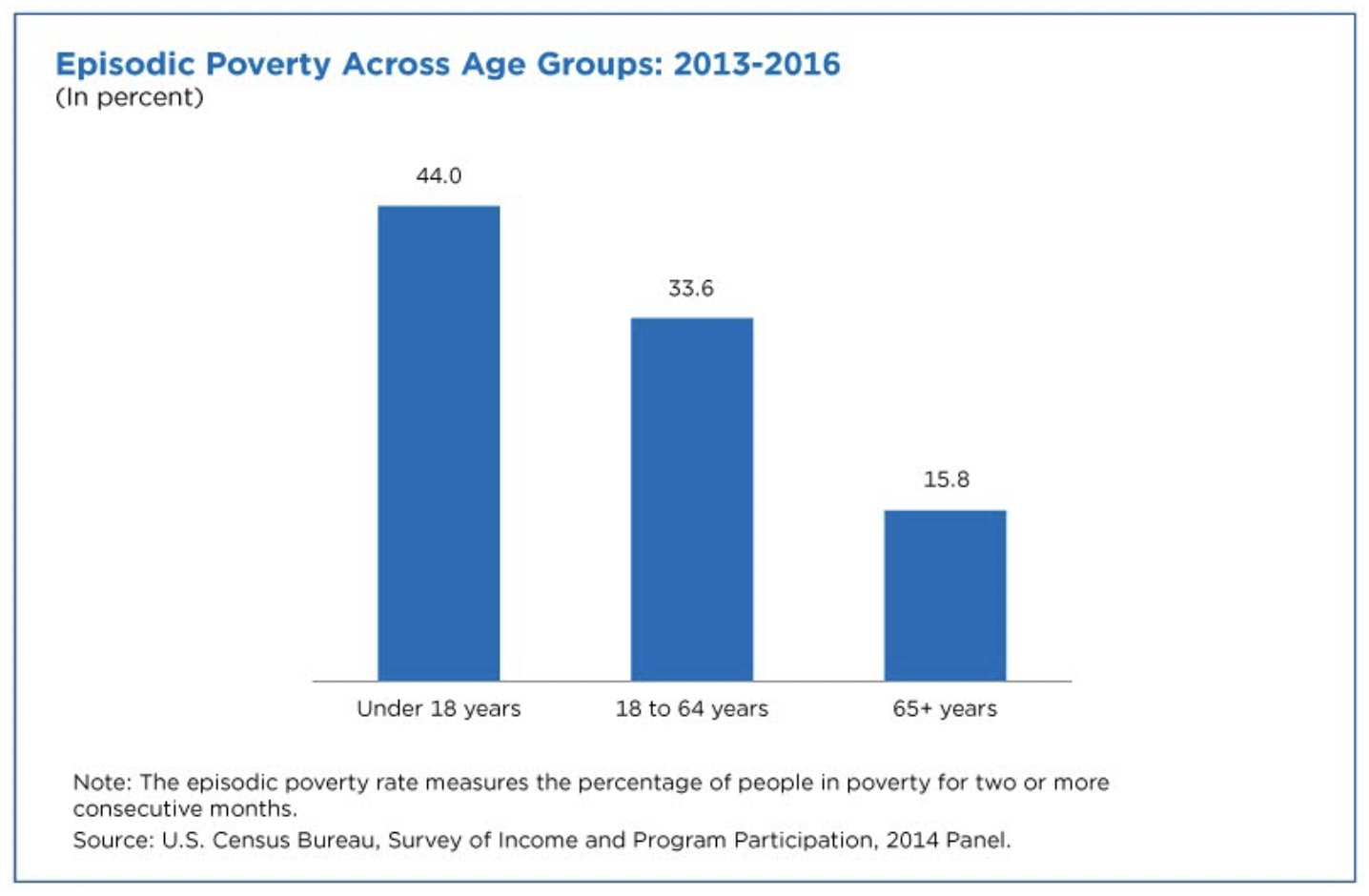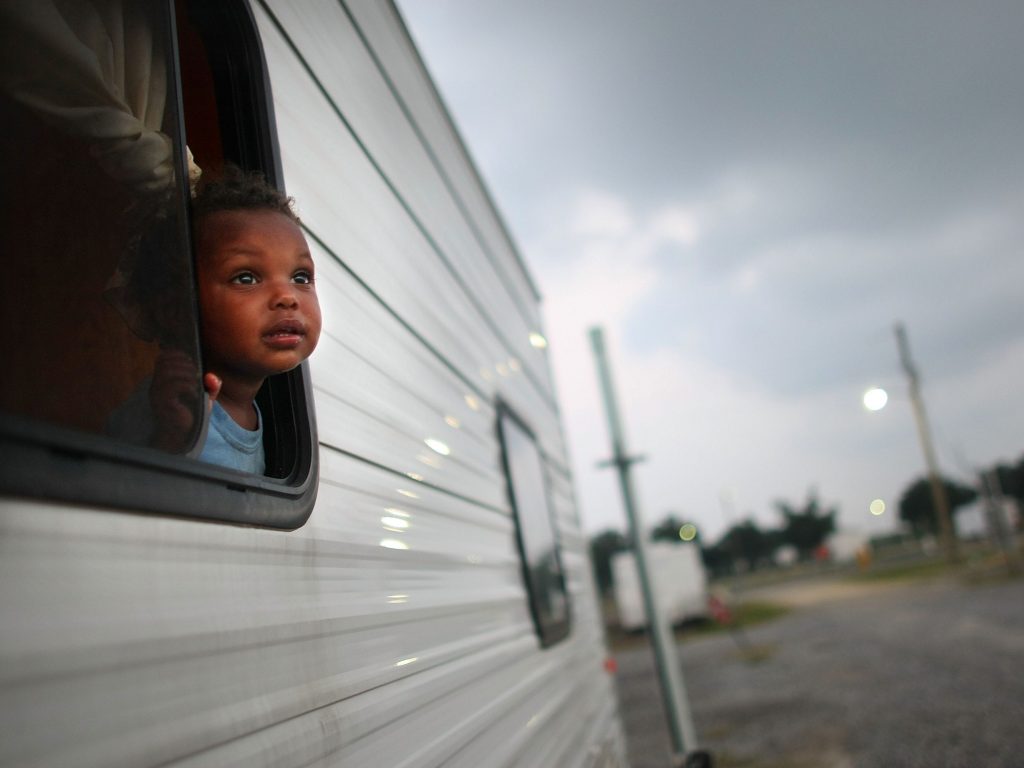
Mario Tama/Getty Images
- The US Census found 44% of children experienced poverty for at least 2 months in a row between 2013-2016.
- Children also had the highest chronic poverty rate in that time frame, at 4.6%.
- Democrats are pushing to expand the Child Tax Credit beyond December to help fight child poverty.
- See more stories on Insider's business page.
Expanding child allowances is becoming a growing part of the conversation in Congress today, and new data from the US Census Bureau that reflected high and continuous poverty rates for children might accelerate that conversation.
The census released a report last week that analyzed poverty in the US from 2013-2016, and it found that 44% of children under 18 experienced poverty for at least two consecutive months during that time. This is known as "episodic poverty," and that rate is nearly triple the episodic poverty rate for people aged 65 and older, at 15.8%. Adults aged 18-64 also had a lower episodic poverty rate than children at 33.6% in the same time frame.

US Census Bureau, SIPP, 2014 panel
Not only did children have the highest episodic poverty, the census found, but they also had the highest chronic poverty rate, which describes those in poverty for all months in the 2013-2016 time frame. For children, that rate stood at 4.6%, with adults and seniors at 2.4% and 1.5%, respectively.
Given the high rates of child poverty, in 2017, Colorado Sen. Michael Bennet and Ohio Sen. Sherrod Brown introduced the American Family Act to triple the Child Tax Credit and give families a $300 check for children ages 5 and under, and $250 for each child between 6 and 17.
This provision made it into President Joe Biden's March stimulus law. The first payments started going out in July and will continue each month through December. Insider's Madison Hoff reported last week that the first round of payments kept 3 million children out of poverty with the rate dropping from 15.8% in June to 11.9% in July, according to Columbia University researchers. Data from the Census Bureau also showed the checks fed 2 million children in its first month, as Insider's Juliana Kaplan reported.
Even though the credit is set to end in December, Insider's Joseph Zeballos-Roig reported that Democrats might seek to expand it to at least 2025, and possibly make it a permanent allowance.
"We're talking, I keep pushing for permanence, but we'll see where it goes," Rep. Rosa DeLauro, the chair of the House Appropriations Committee, told Insider about the expanded child tax credit.
In addition to fighting child poverty, providing additional stimulus checks would also be significant in fighting poverty nationwide. The Economic Security Project found a fourth and fifth stimulus check could keep 12 million more Americans out of poverty, and with universal basic income pilot programs on the rise, recurring payments could become a reality.
